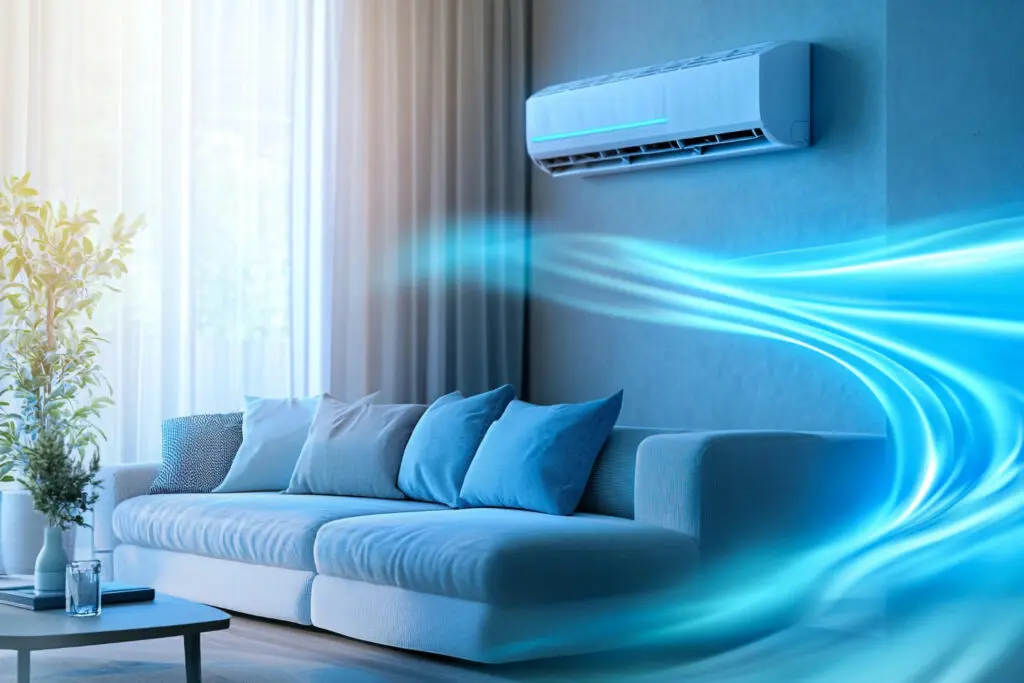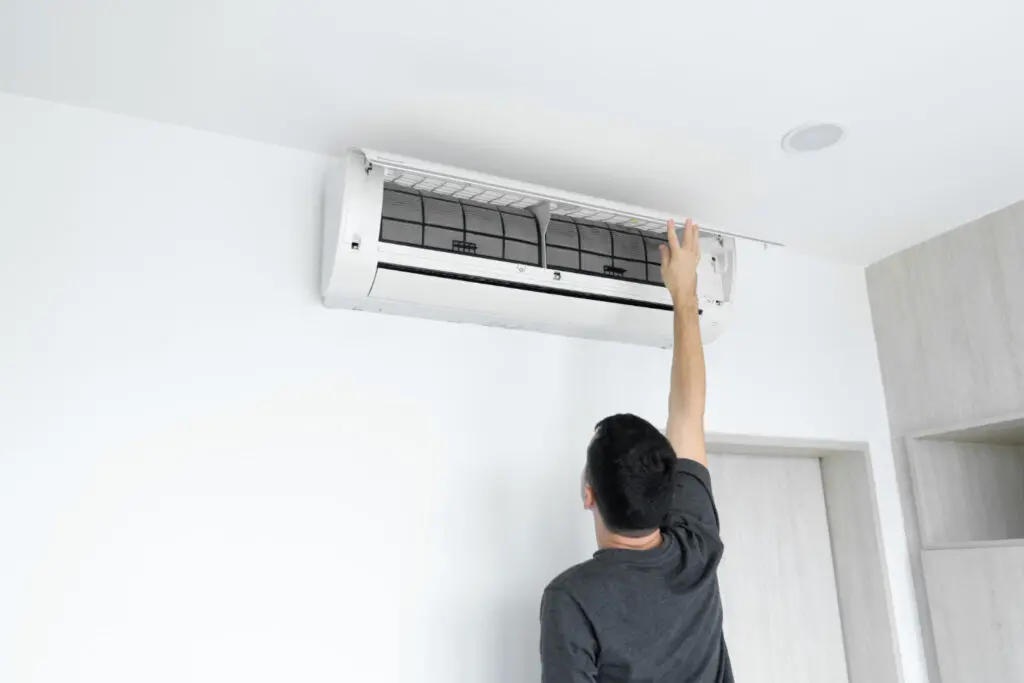HVAC Solutions for Older Charleston Homes

Discover top HVAC contractors in Charleston to enhance comfort and preserve the charm of historic homes. Trust Coastal Carolina Comfort for expert solutions.
What Makes Your AC Drain Pan Overflow?

Discover how to prevent issues that lead to emergency AC repair by understanding drain pan overflow causes, signs, and solutions in Charleston.
Preventing AC Problems in Summer

Discover effective tips for AC maintenance in Charleston, ensuring your home stays cool and comfortable while avoiding surprise breakdowns.
Proper Air Distribution in Your Home

Discover how professional air duct installation enhances comfort and health by ensuring balanced air distribution in your Charleston home.
